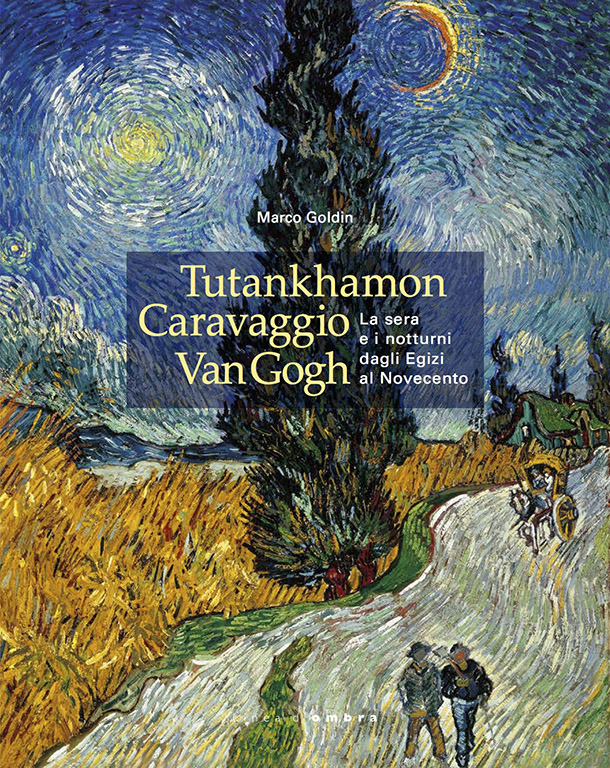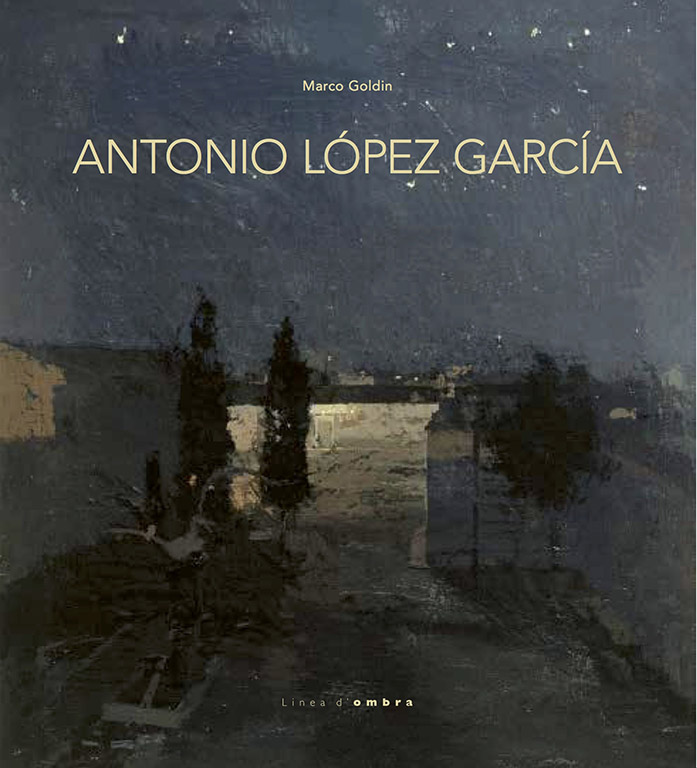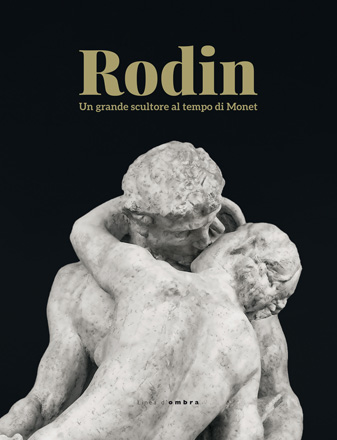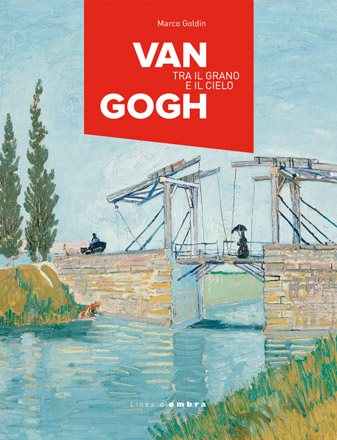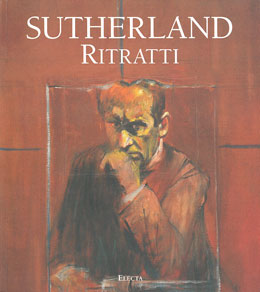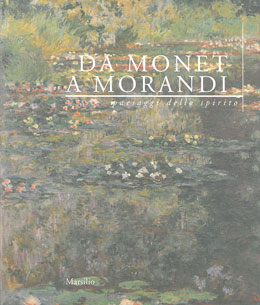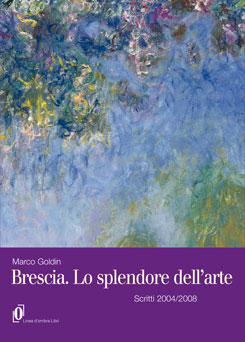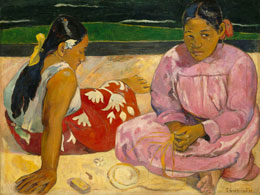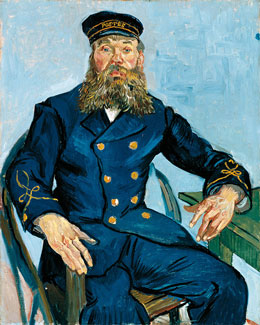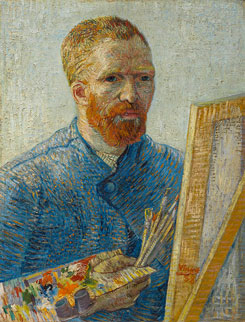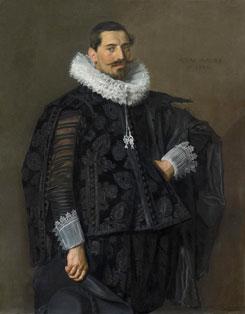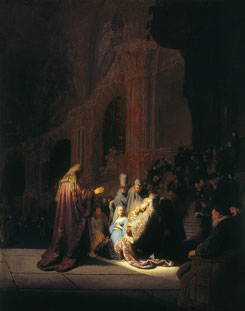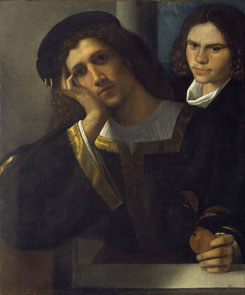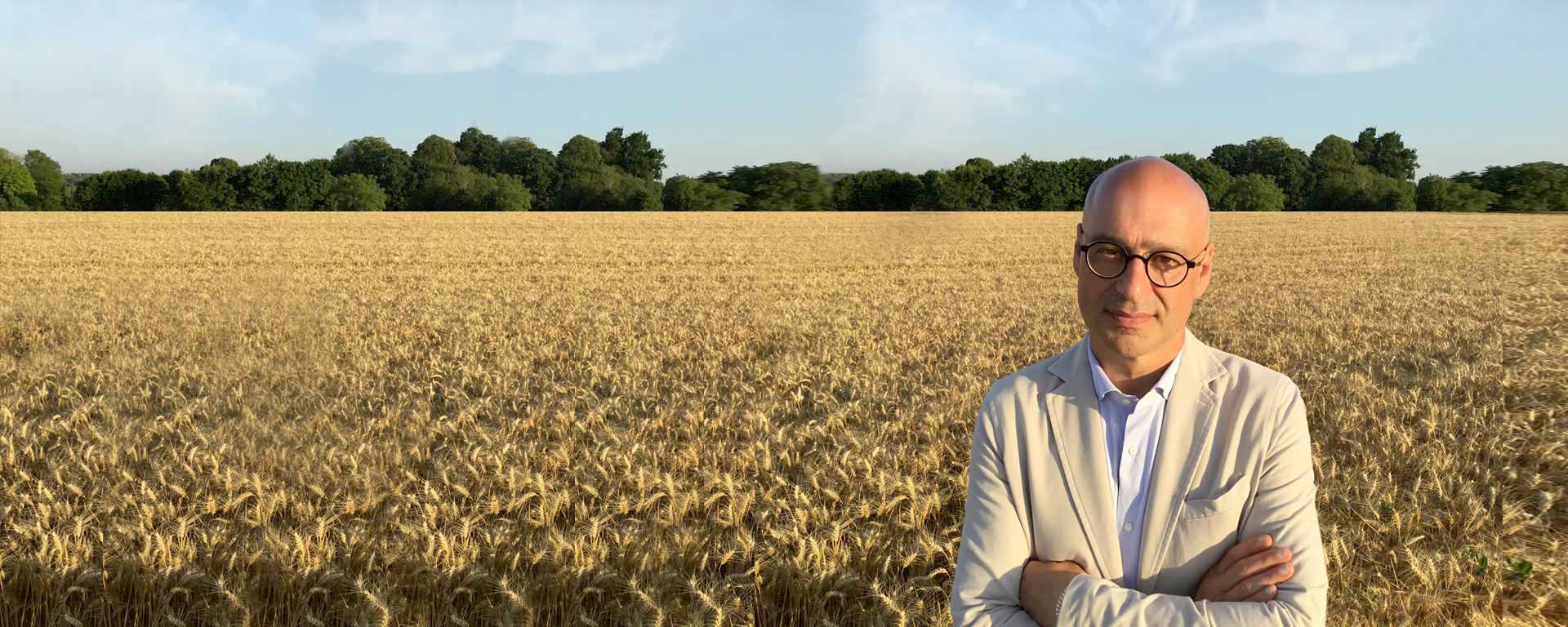

Exhibitions, studies and catalogues of nineteenth- and twentieth-century American painting
In 1996 Goldin curated an exhibition at the Palazzo Sarcinelli that dealt for the first time with a non-Italian subject, the portraits of Graham Sutherland. In the extensive Electa catalogue, together with his own essay, there were texts by experts including Tassi and Soavi, as well as the previously unpublished transcription of an interview with the artist by Testori from 1980.
In spring 1997, again at the Palazzo Sarcinelli, he curated a landmark exhibition for his own critical development that was to become a kind of “incunabulum” for all his future work devoted to the study of landscape painting from the eighteenth to the twentieth centuries first in Europe and then in America. Da Monet a Morandi. Paesaggi dello spirito was accompanied by a long essay in the catalogue published by Marsilio, which incisively surveyed – for the first time in such a wide-ranging way – the relationship between art, philosophy, literature and music. Fifteen years ahead of the large recent exhibitions on the themes of the journey, the gaze, the landscape and night, he introduced the idea of combining works by artists from very different ages in the same exhibition. In this case the points of contact were not only stylistic but due to the strength of a common feeling found in the relationship between vision, the way it is rendered, and life.
In autumn 1998, at the Casa dei Carraresi di Treviso, a series of exhibitions was launched that would change the concept of how to display art. The enormous public success – over 2 million people visited six exhibitions in a city of only 80,000 inhabitants – broke with the conventional specialist relationship between work and visitor, paving the way to much more exciting and socially inclusive events. The first in the series of new exhibitions was dedicated to the figure of Roberto Tassi, the celebrated art critic of La Repubblica who had just died, and to his preferences both on the European scene (Da Van Gogh a Bacon) and in Italian art (a section hosted in the Palazzo Sarcinelli was entitled Da Fattori a Burri). The idea of paying homage in the form of an exhibition to a great art critic was received very favourably in the academic world and by museum directors. This then opened the doors for him to some very important prestigious loans, such as those decided in 1998 by Henri Loyrette, then director of the Musée d’Orsay, and Jean Clair, then director of the Musée Picasso in Paris.
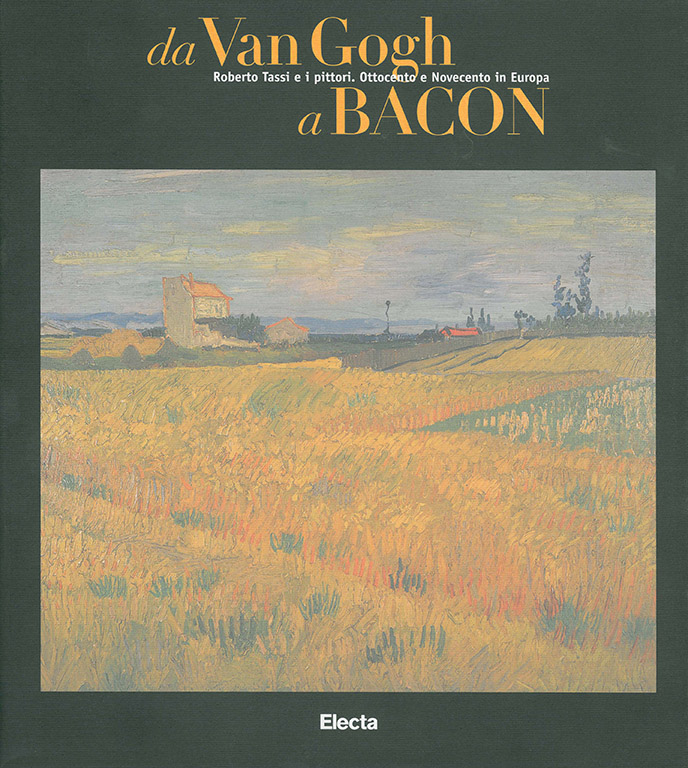
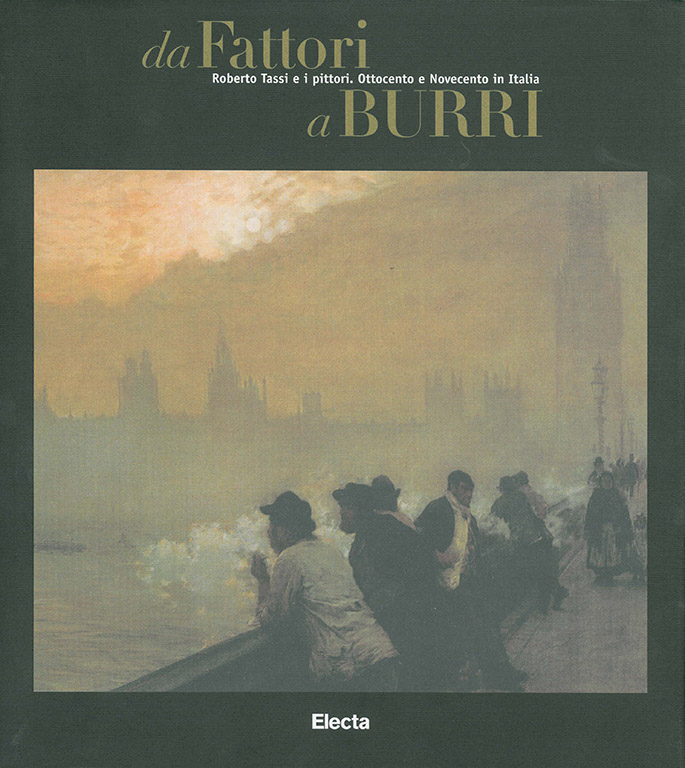
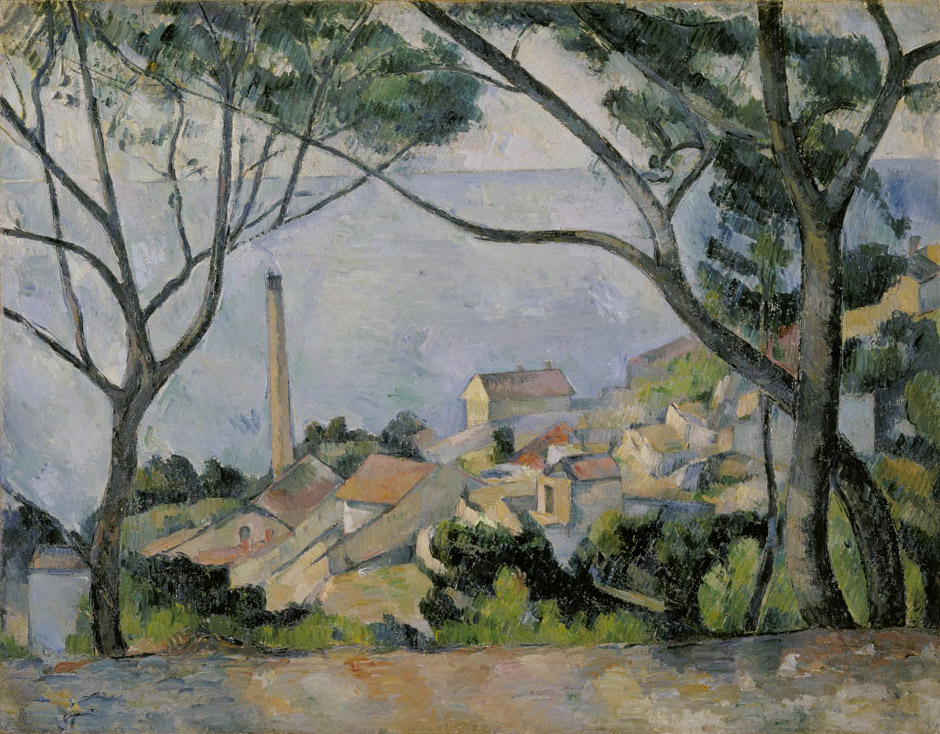
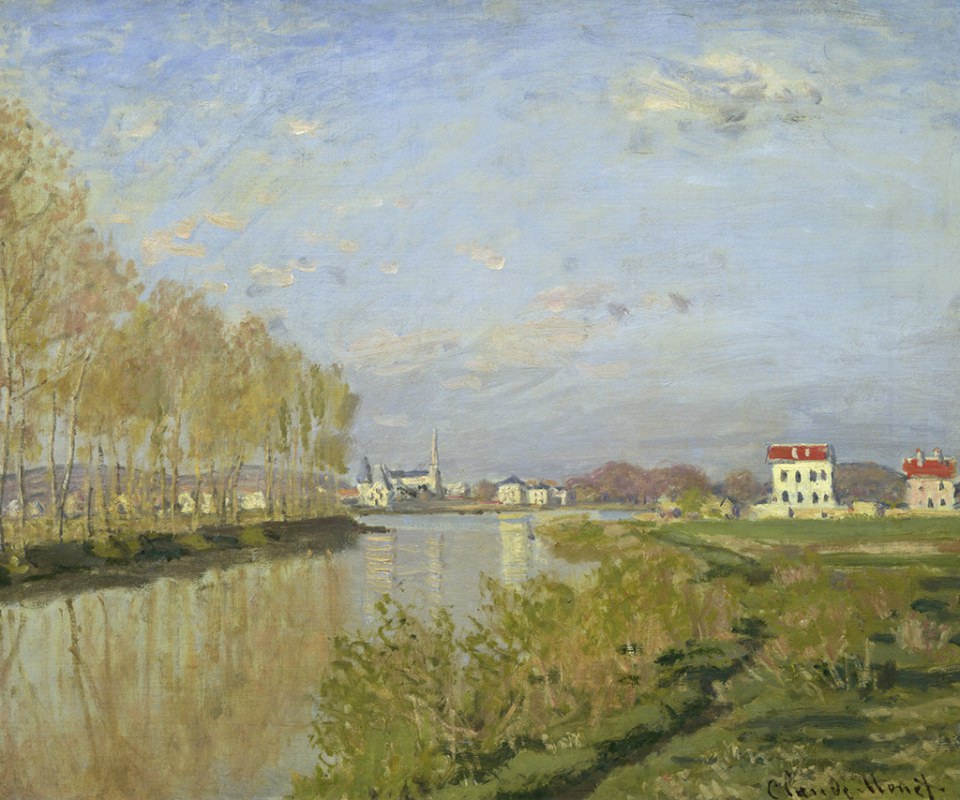
The Casa dei Carraresi exhibitions continued with the curatorship and catalogue essays for the exhibitions Da Cézanne a Mondrian (1999) focused on the genesis of the modern landscape, from the crisis of Impressionism to the avant-gardes, and La nascita dell’impressionismo (2000), dealing with the advent and development and of the new poetics of colour and light. During this exhibition he was invited to an international study day in the grand auditorium at the Louvre to present what was now being described as the “Treviso miracle”.
The exhibitions curated in 2001, 2002 and 2003 at the Casa dei Carraresi, which ended his Treviso experience, undoubtedly marked the first qualitative breakthrough as regards the standard of loans and international collaborations. Although American museums had first begun to lend works to the exhibitions that he had curated in 2000, this series gradually consolidated his relationships with them.
In 2001 he curated Monet. I luoghi della pittura, which is still the largest monographic exhibition (80 paintings) ever staged in Italy of the work by the great master of Impressionism. In 2002 he curated an exhibition with almost twice as many works, over 150, devoted to a year-by-year reconstruction of the history of Impressionism. L’impressionismo e l’età di Van Gogh was a remarkable success with over 600,000 visitors and it is still the most visited exhibition that he has curated so far. The fifty works by Van Gogh in that show from American and European museums marked the beginning of his relationship with the Van Gogh Museum and the Kröller-Müller Museum in Amsterdam. It was also the first step in the very intense work that he later dedicated to the Dutch painter, leading to various successful exhibitions. In 2003, he curated L’oro e l’azzurro. I colori del Sud da Cézanne a Bonnard, which narrated, with increasingly high-quality loans from museums worldwide, the history of the image of the Mediterranean and Provence in painting, especially in France, in the nineteenth and the first half of the twentieth centuries.
In 2003, for the Comune di Belluno, he curated two exhibitions in the Palazzo Crepadona that cast light on various aspects of nineteenth- and early twentieth-century art. In Da Corot a Monet, some Impressionist and Postimpressionist works from Johannesburg, South Africa, were shown in Italy for the first time, whereas for Da Van Gogh a Picasso some drawings, very rarely exhibited in Italy, arrived from a major American Museum – the Los Angeles County Museum of Art.
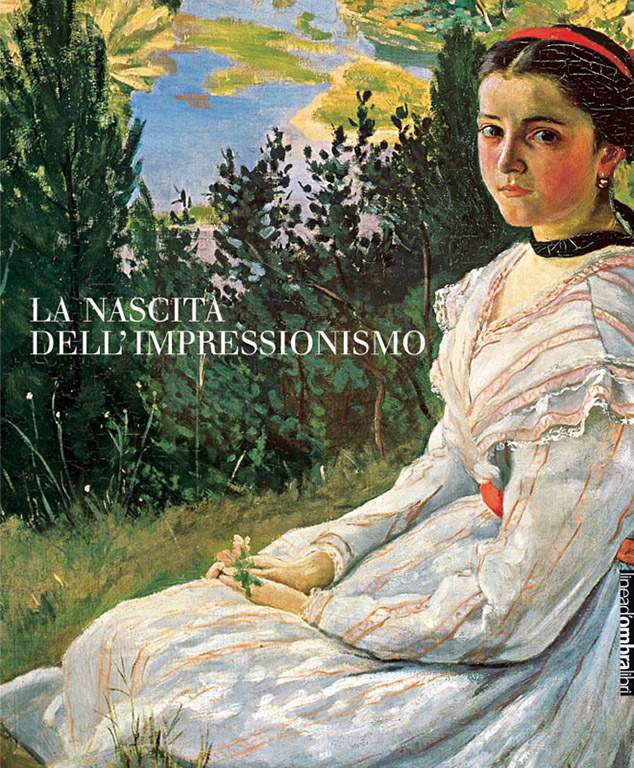
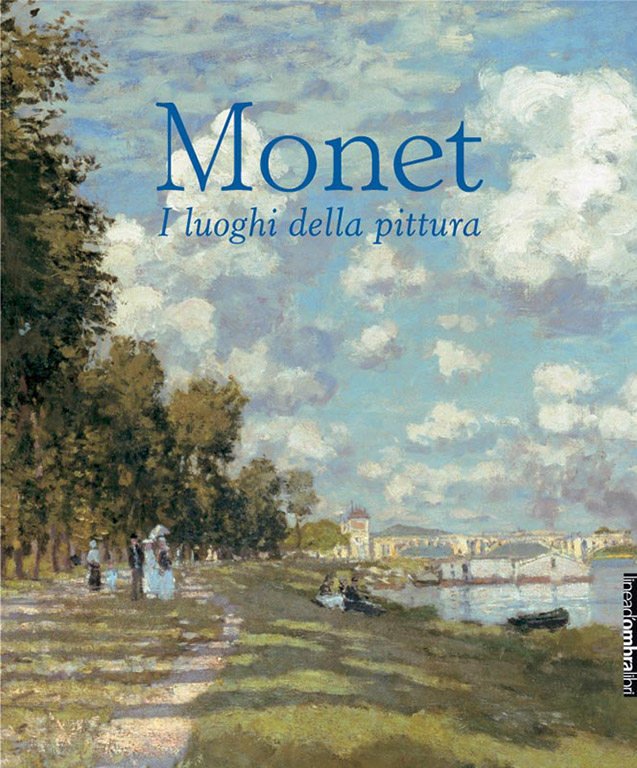
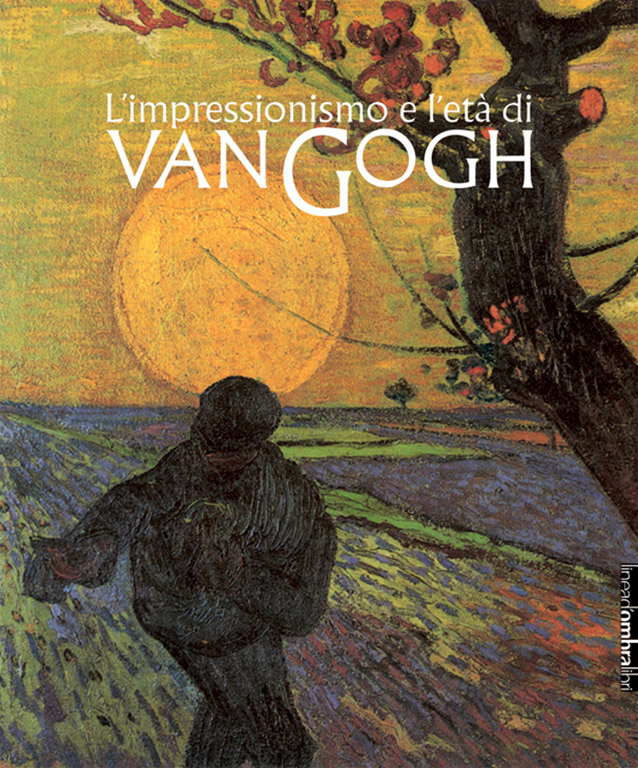
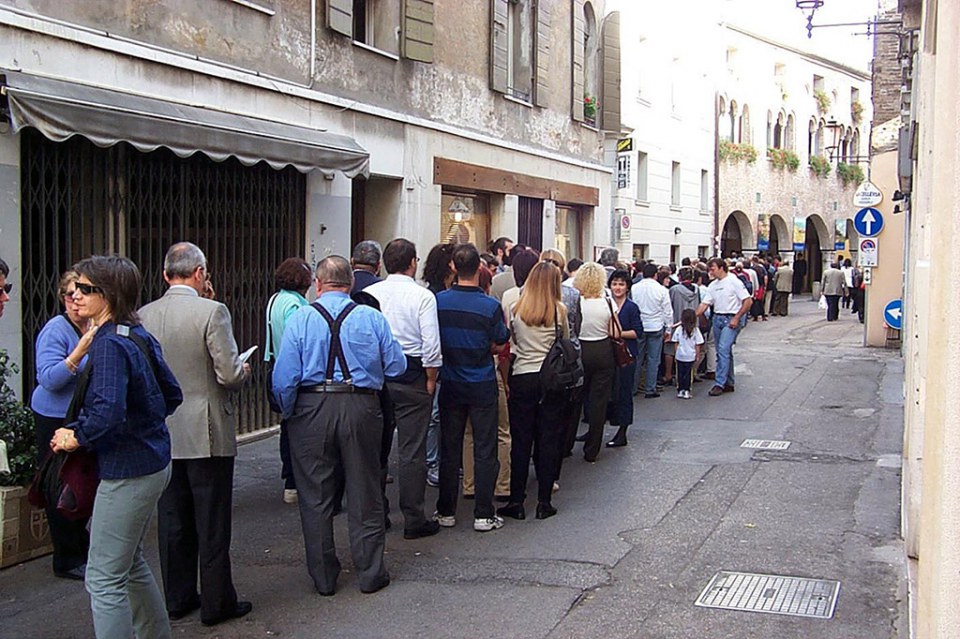
When Goldin moved to Brescia in 2004, he made significant changes to his approach in designing projects. In a book published in February 2009 with all his essays written for the thirty-three exhibitions that he had curated and organised in five years at Brescia, he commented in the Foreword: “From 2004 to early 2009 I worked for the city of Brescia. I put on over thirty exhibitions, visited by 2.5 million people. They were specially staged in the splendid Museo di Santa Giulia, but also in the Castle and the Pinacoteca Tosio Martinengo. These exhibitions dwelt on European and American figurative art, mainly from the second half of the nineteenth century. Some then also dealt with Italian painting from the whole of the twentieth century right up to the present day. They were followed by further opportunities to study with scholars and to provide great enjoyment for the wider public, which came in large numbers to exhibitions which featured illustrious names such as Monet, Gauguin and Van Gogh but also artists less well known to the wider public and who in this way were acknowledged as important carriers of beauty in their own right. Over five years a rich, elaborate fabric was created with the increasingly massive participation of the Brescia public. Naturally many hundreds of thousands of people also travelled from afar, from Italy and abroad, to visit the exhibition and the museums in Brescia. This undoubtedly made a considerable impact on the city. That fabric was made up of the many splendid works brought in for the exhibitions, but also many other initiatives associated with the overall exhibition project: theatre performances, series of lectures, concerts, educational activities and collaborations with schools. Around 400,000 students, accompanied by their teachers, visited the exhibitions and enjoyed special guided tours and workshops. What I want to say is that a great deal was constructed thanks to the help of many people and with the wholehearted approval of the public.”
As part of the collaboration with the city of Brescia and its Civic Museums, some other exhibition and publishing projects were conceived, aimed at presenting to a much larger public the city's art treasures, especially those in the Pinacoteca Tosio Martinengo. This led to the exhibitions and respective catalogues with studies and in-depth essays, such as Da Raffaello a Ceruti. Capolavori della pittura dalla Pinacoteca Tosio Martinengo (2004), Da Dürer a Rembrandt a Morandi. Capolavori dell’incisione dalla Pinacoteca Tosio Martinengo (2004), and Da Romanino a Moretto a Ceruti. Tesori ritrovati della Pinacoteca Tosio Martinengo (2006). In 2006 one exhibition also travelled to the Portland Art Museum in the United States and was on at the same time as the Association of Art Museum Directors Annual Meeting: Great Painters in Brescia from the Renaissance to the 18th Century. From the Pinacoteca Tosio Martinengo. This was the first time Brescia was represented through its masterpieces in such a complete way in the United States.
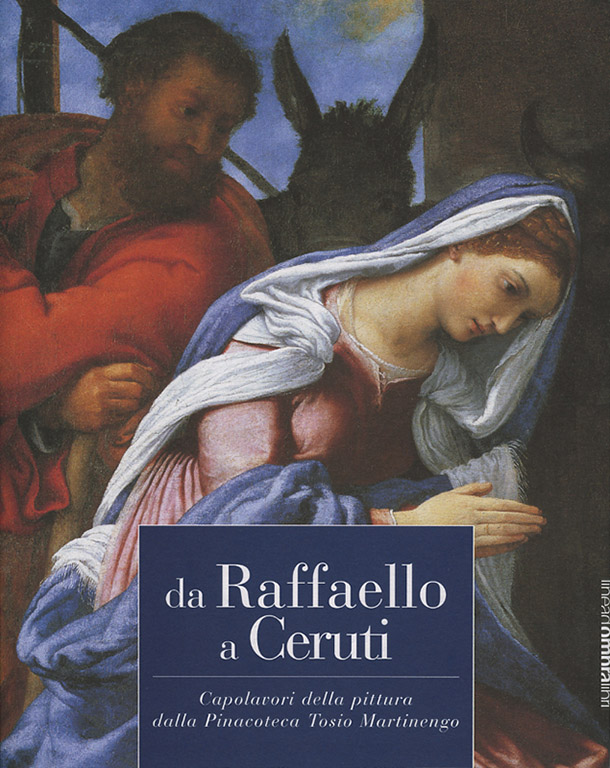

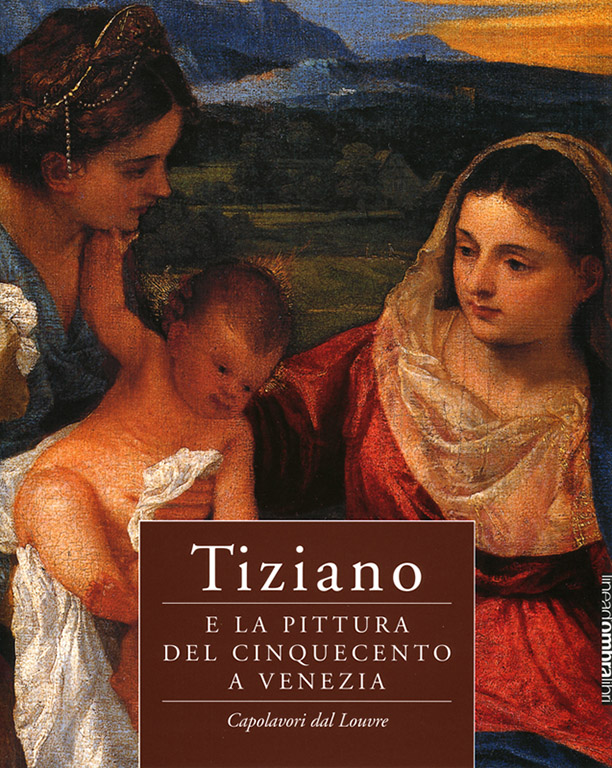
As part of the collaboration between Linea d’ombra and the Louvre, the exhibition Tiziano e la pittura del Cinquecento a Venezia. Capolavori dal Louvre, organised with Vincent Pomarede and Jean Habert, was staged in Brescia 2004. This collaboration had already resulted in two earlier Paris exhibitions featuring the drawings of Leonardo da Vinci (2003) and the works of Rosso Fiorentino and Primaticcio (2004).
In the same autumn of 2004, the Museo di Santa Giulia di Brescia held another exhibition curated by Goldin: Monet, la Senna, le ninfee. Il grande fiume e il nuovo secolo. It was the outcome of a project dedicated to the theme of the River Seine as depicted by Monet and other leading Impressionist painters up to the extreme works in the garden of Giverny, when Monet opened up completely to modernity.
Again in autumn 2004, but this time at the Promotrice delle Belle Arti in Turin, he curated the exhibition Gli impressionisti e la neve. La Francia e l’Europa. For the first time the theme of the winter landscape was used to explore historically the relationship between Barbizon realism and Impressionism in France as well as European painting inspired by those movements immediately afterwards. This also meant going beyond a purely French perspective, as had been the case in the important exhibition Impressionists in Winter, held a few year years earlier in some major American museums.
In autumn 2005, again in Brescia, he curated Gauguin/Van Gogh. L’avventura del colore nuovo, an exhibition with the most remarkable loans in the whole of his career so far. Thanks to collaborations, especially with the Van Gogh Museum and the Kröller-Müller Museum in Amsterdam for the part concerning Van Gogh and the Musée d’Orsay for the part concerning Gauguin, he put together as many as eighty works by Van Gogh and seventy by Gauguin, all of a very high standard. Again at the Museum of Santa Giulia, he jointly curated with George Shackelford the first Italian exhibition on the work of Millet, who was such an important artist in Van Gogh’s formation.
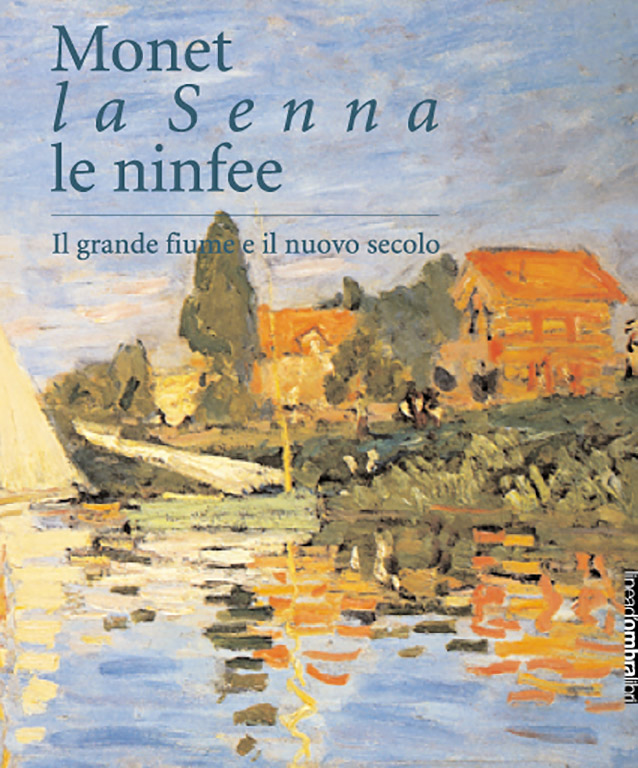
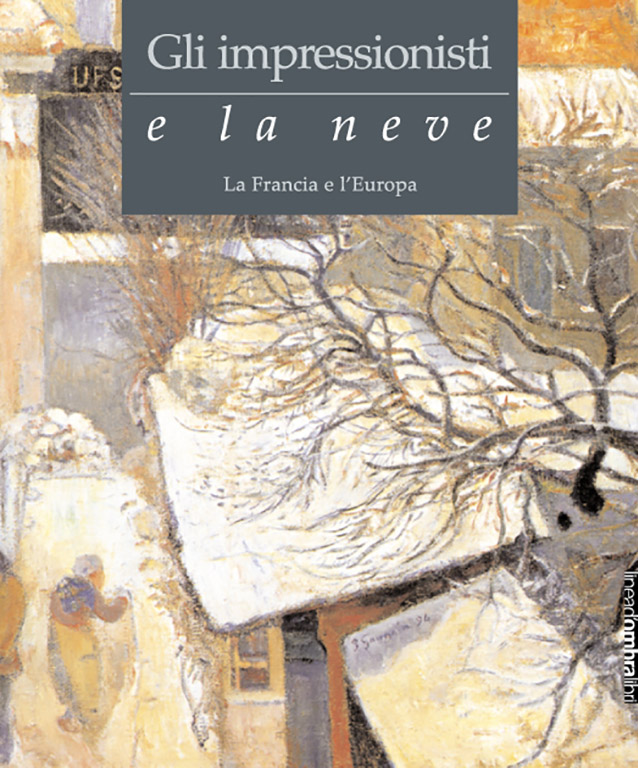
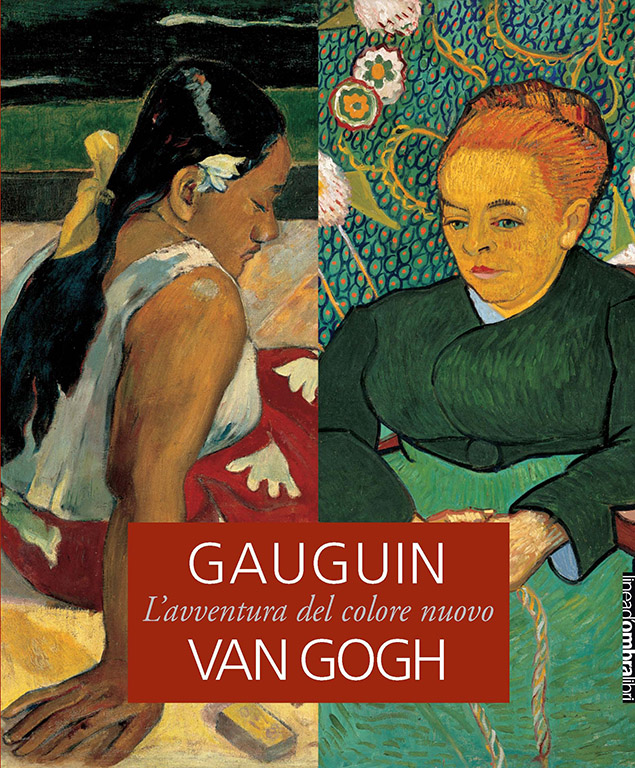
In 2006 he curated the huge exhibition (almost 200 paintings) in Brescia on the English and French landscape in the nineteenth century. Turner e gli impressionisti. La grande storia del paesaggio moderno in Europa explored the history and the advent of the modern representation of nature, with loans from 100 museums worldwide. Alongside this, he jointly curated with Fred Leeman the largest exhibition ever staged on Mondrian in Italy, with an emphasis on his lesser-known production preceding the abstract geometrical works.
In 2007 in Brescia he conceived the project not only on the painting but also the culture in the widest of nineteenth-century America: America! Storie di pittura dal Nuovo Mondo. With 400 works on show (paintings, drawings, original photographs, sculptures, clothes and objects belonging to the Native Americans of the Great Plains), it was the largest project ever dedicated to this theme worldwide and concluded three years of research in every corner of the United States. Forty US museums lent works and the catalogue is still the only reference tool of its kind in Italian.
The five years in Brescia ended in late 2008, when he curated the first Italian exhibition on Van Gogh's drawings by showing the entire collection of sheets from the Kröller-Müller Museum, plus around thirty paintings that recounted the story of the extraordinary Dutch museum.
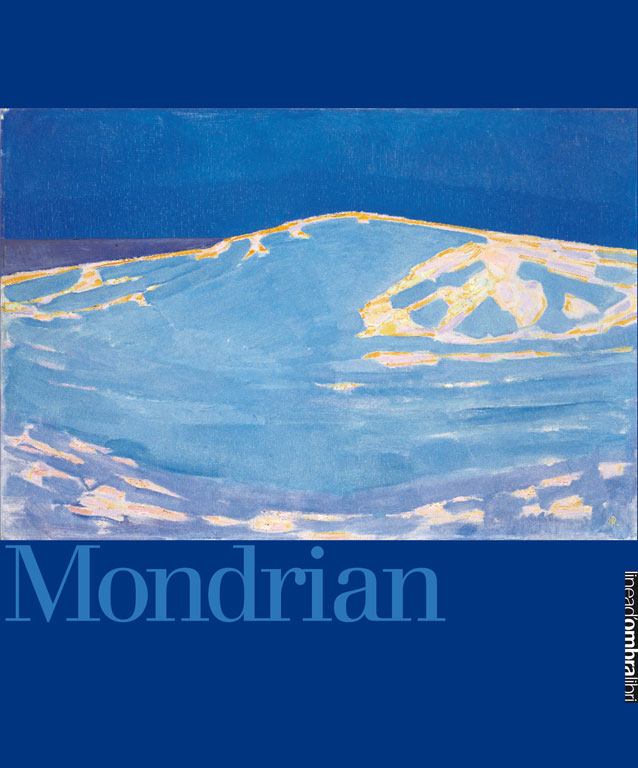
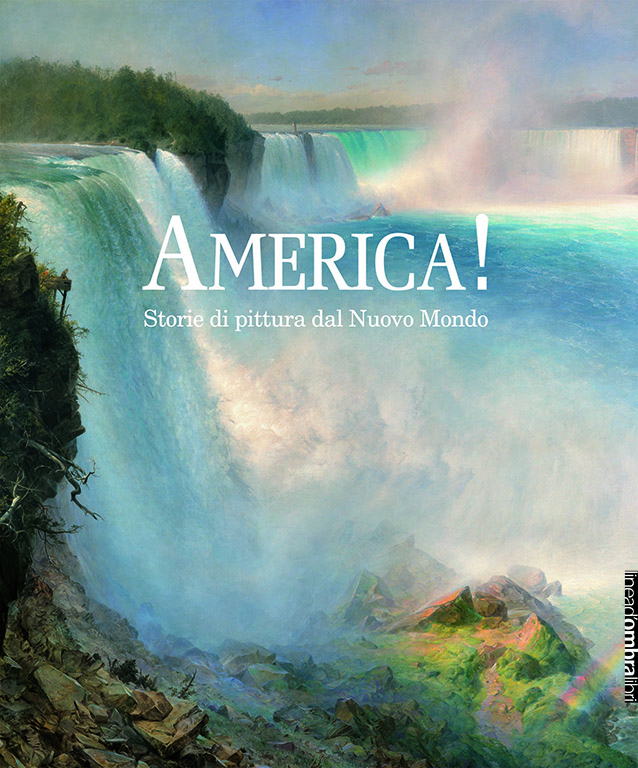
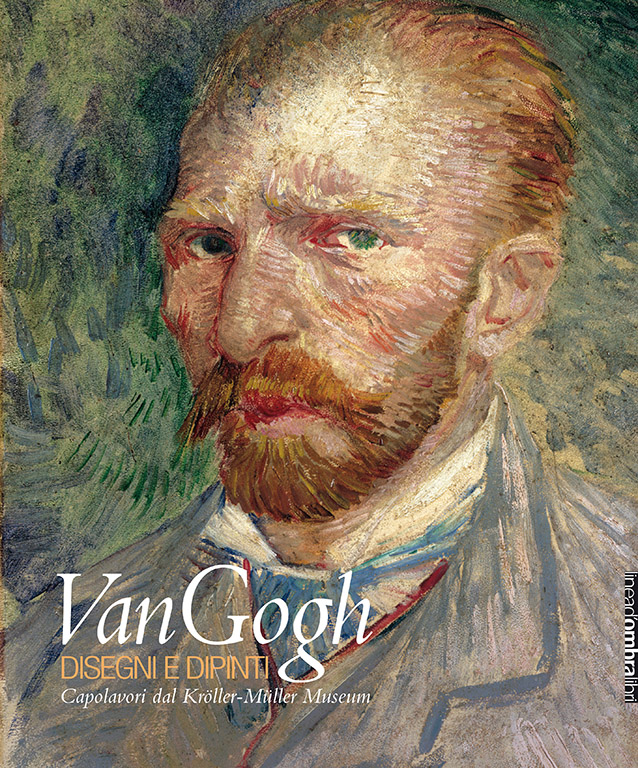
In 2009, he was appointed by the Regione Friuli Venezia Giulia to conceive and design the project “Geographies of Europe” for the Villa Manin at Passariano. The aim was to analyse the pictorial history of some areas of the Old Continent in the nineteenth and early twentieth centuries and to show some works for the first time to an Italian public. Accordingly, in 2009 he curated the exhibition L’età di Courbet e Monet. La diffusione del realismo e dell’impressionismo nell’Europa centrale e orientale, which was followed in 2010 by Munch e lo spirito del Nord. Scandinavia nel secondo Ottocento and by Espressionismo in 2011. Although the Villa Manin is off the beaten track, the project was extremely successful with over 300,000 visitors overall and it marked a radical departure from exhibitions previously held at this venue.
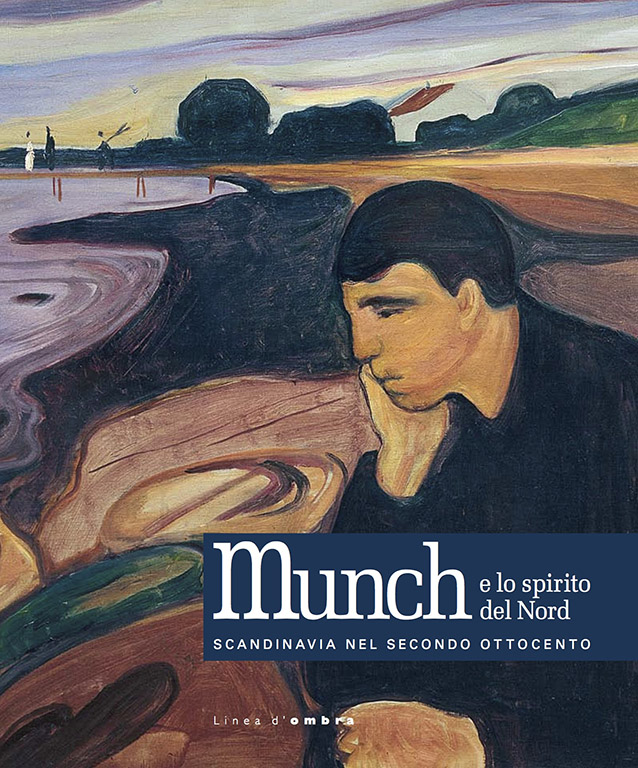

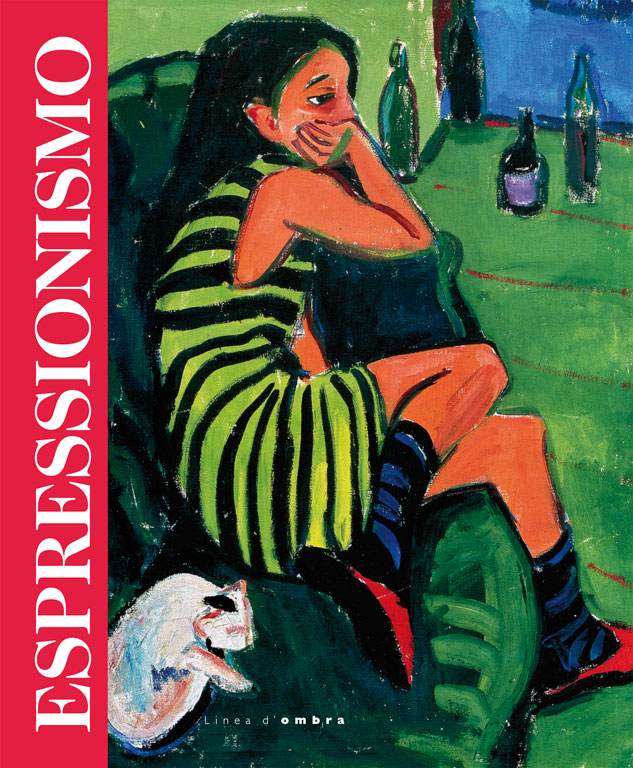
Again in 2009, he was appointed by the Fondazione Cassa di Risparmio di Rimini, to devise another three-year project to be hosted in the Castello Malatestiano in the heart of the ancient Roman part of the city. In 2009 he thus curated an exhibition of over seventy selected works, in some cases authentic masterpieces, from the collections of the Boston Museum of Fine Arts (Da Rembrandt a Gauguin a Picasso). For this first Rimini exhibition, he chose Antonio Paolucci, Enzo Pruccoli and Alessandro Giovanardi as editors of the book, Piero della Francesca e i tesori d’arte a Rimini, which was aimed at the lay public visiting the exhibition and also presented little-known treasures of Rimini. This reflected a policy that Golding had always passionately pursued, namely considering large exhibitions as tools of knowledge for exploring the often concealed artistic marvels in some of the cities in which he had worked. In 2010 it was the turn of Parigi, gli anni meravigliosi. Impressionismo contro Salon, an exhibition on the conflictual relationship between the young French Impressionist painters and the long-standing conservative Académie. At the same time, thanks to collaboration with the earliest American museum, the Wadsworth Atheneum in Hartford, he presented the exhibition Caravaggio e altri pittori del Seicento, focused on one of Caravaggio’s early works, the Ecstasy of Saint Francis. Lastly in early 2012, to celebrate fifteen years since the founding of Linea d’ombra, he curated an exhibition with numerous masterpieces sent from some of the many museums worldwide that had collaborated with the company: Da Vermeer a Kandinskij. Capolavori dai musei del mondo a Rimini.
In 2010, he was appointed by the Fondazione San Marino to set up a biennial project for the Palazzo Sums with the aim of exploring in greater depth some of the themes from the Rimini exhibitions. The first year, again focusing on the relationship between Impressionism and the Salon, he curated Monet, Cézanne, Renoir e altre storie di pittura in Francia, while in the second year he produced a survey of twentieth-century American painting from world museums in the exhibition Da Hopper a Warhol. Pittura americana del XX secolo a San Marino.
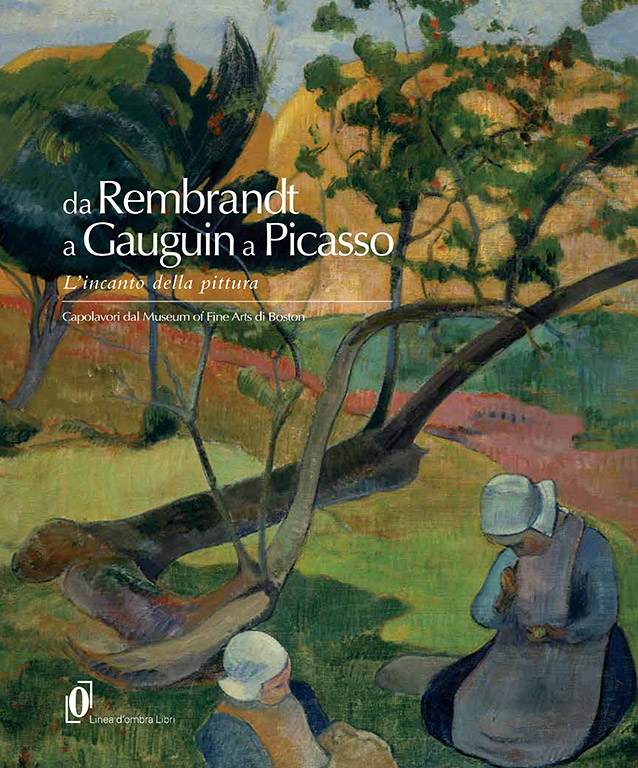
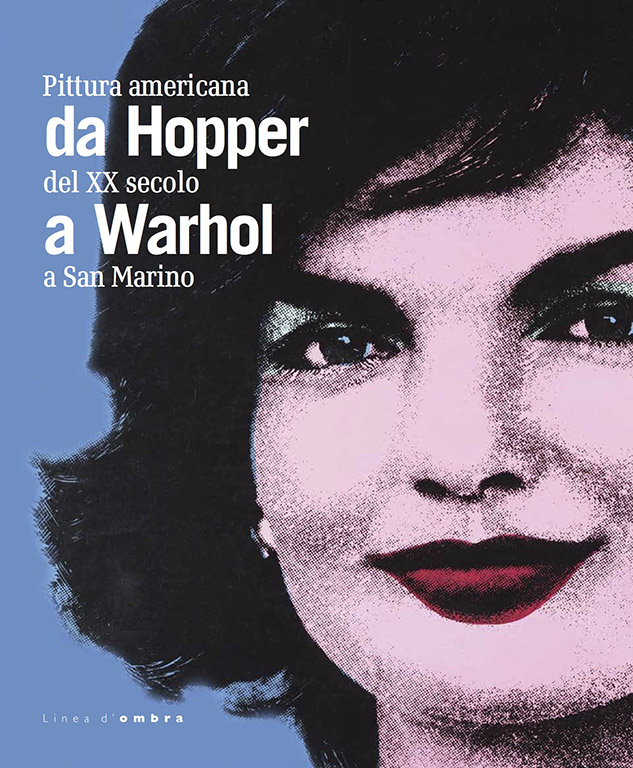

From 2010 to 2012, he was appointed by the Fondazione Palazzo Ducale, Genoa and the Comune di Genova, to curate two exhibitions in the Palazzo Ducale. In the year of the celebrations dedicated to the Mediterranean, the first was entitled Mediterraneo. Da Courbet a Monet a Matisse. This was a broad survey of great French painting from the end of the eighteenth century to the mid-twentieth century in which the sea and Provence were the focus for narrating stories and making images. The second exhibition, Van Gogh e il viaggio di Gauguin, addressed the theme of the journey as physical movement in the world and as a place of the spirit. It started with an epoch-making loan from the Boston Museum of Fine Arts of Gauguin’s celebrated great work, Where do we come from? Who are we? Where are we going?. On show for only the second time in Europe, this masterpiece was the centre of a wide-ranging reconstruction of the theme of the journey in European and American painting in the nineteenth and twentieth centuries, which also included a large group of Vincent van Gogh’s paintings and drawings, as well as his letters.
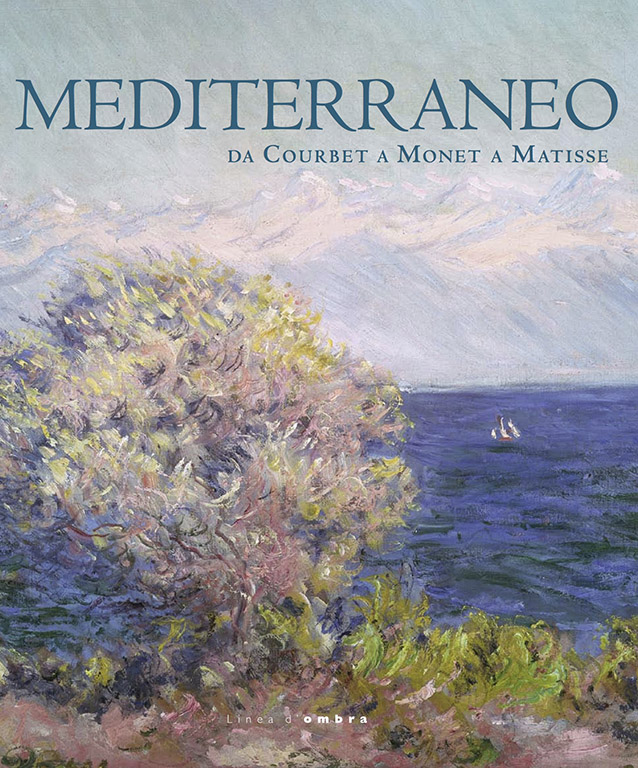

From 2012 to 2014, following an agreement with the Fondazione Cariverona and the city councils of Vicenza and Verona, he devised two exhibitions staged first at the Basilica Palladiana, Vicenza (re-opened for the occasion after six years of restoration) and then at the Palazzo della Gran Guardia, Verona. For both of these exhibitions, as for the Genovese exhibition on the journey, he was not only curator but also wrote the entire catalogue as an independent companion book. The first of the two projects dealt with the history of the gaze in painting from the fifteenth to the twentieth centuries (Raffaello verso Picasso. Storie di sguardi, volti e figure was the title of the exhibition in Vicenza and Da Botticelli a Matisse volti e figure in Verona), while the second (Verso Monet. Storia del paesaggio dal Seicento al Novecento) was on landscape painting from Poussin to Van Ruisdael up to the dissolution of the perceived image in Monet’s nymphs.
In spring 2014, following an agreement with the Mauritshuis Museum, The Hague, and the company Genus Bononiae of the Fondazione Cassa di Risparmio di Bologna, he jointly curated with some Dutch experts the only European stage of the travelling exhibition devoted to the Girl with a Pearl Earring by Johannes Vermeer. So while the celebrated Dutch museum was closed for restoration and extension work, the Palazzo Fava in Bologna hosted an exhibition with the iconic Vermeer painting plus around forty masterpieces from the Dutch Golden Age, from Rembrandt to Frans Hals.


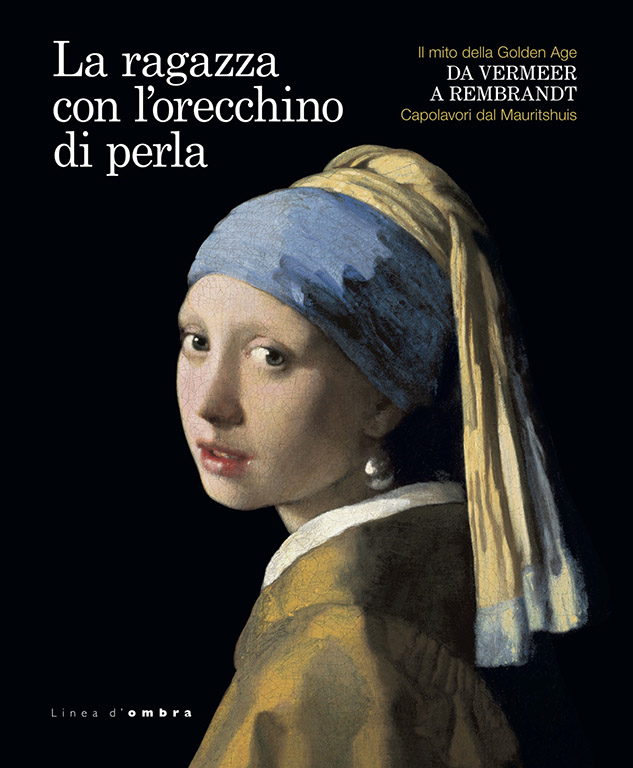
In late 2014 and 2015, he curated a third exhibition for the city of Vicenza in the Basilica Palladiana: Tutankhamon Caravaggio Van Gogh. La sera e i notturni dagli Egizi al Novecento. Starting as a narrative about ancient representations of evening and night, this exhibition went on to explore the theme in relation to the life of Christ as found in painting, and as depicted in nineteenth-century landscapes and contemporary abstract works. The exhibition catalogue, his largest ever, was again written in the form of an independent book. Together with Basilica Palladiana event, also in Vicenza, but at the Palazzo Chiericati, home to the Pinacoteca Civica, he curated the first exhibition in an Italian museum of the work of Antonio López García, considered to be the greatest living figurative painter. For the occasion, he also wrote the first monograph in Italian on the Spanish artist.
